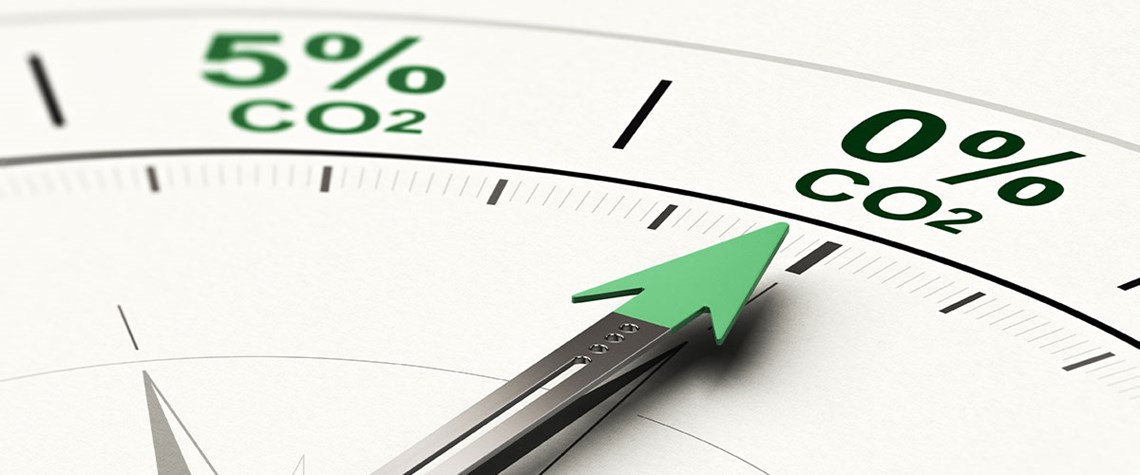Independent producers’ scope three dilemma
Is it enough for pureplay upstream firms to concentrate solely on emissions within their control?
More than 80pc of a barrel of oil’s carbon footprint is scope three emissions. But an independent producer, having sold its share of output from a field, no longer has a say on where that oil goes, into what it is refined and, ultimately, how it is combusted and releases most of its CO₂. There are, in fact, few—if any—barrels these days that remain in a single pair of hands from production, through transportation (including potential shipborne resales), refining and distribution, to retail, begging the question what roles traders, refiners and distributors might have to assume in a future where a matrix for sharing responsibility for scope three emissions must surely emerge. But, at least un

Also in this section
22 July 2025
Sinopec hosts launch of global sharing platform as Beijing looks to draw on international investors and expertise
22 July 2025
Africa’s most populous nation puts cap-and-trade and voluntary markets at the centre of its emerging strategy to achieve net zero by 2060
17 July 2025
Oil and gas companies will face penalties if they fail to reach the EU’s binding CO₂ injection targets for 2030, but they could also risk building underused and unprofitable CCS infrastructure
9 July 2025
Latin American country plans a cap-and-trade system and supports the scale-up of CCS as it prepares to host COP30








